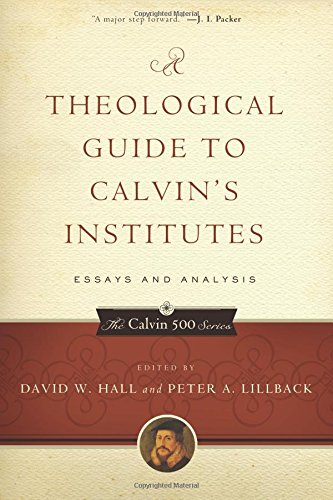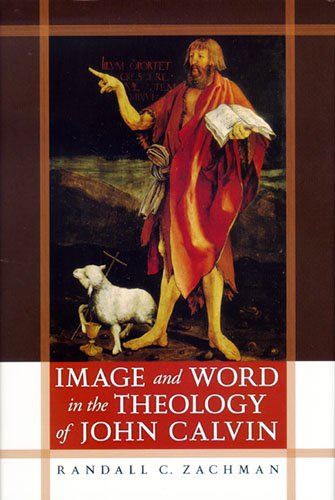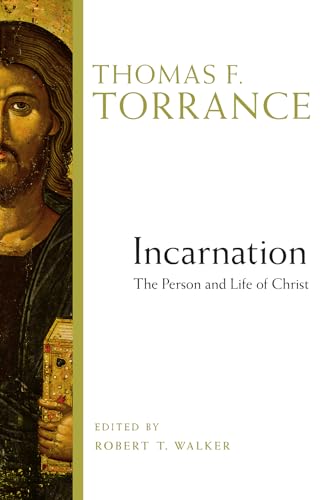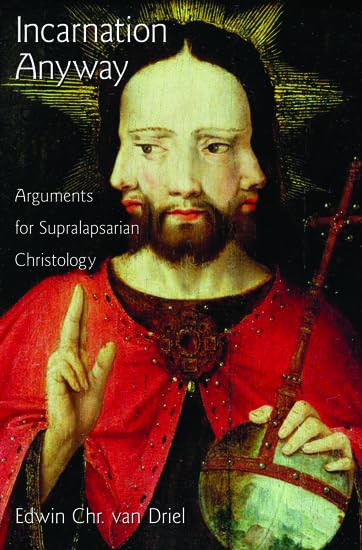The UBS Greek New Testament: A Reader’s Edition
Written by Compiled by Barclay M. Newman Reviewed By Alistair I. WilsonMany who have been theological students during the last few decades will recognise the distinctive maroon cover of the UBS Greek NT, though, unfortunately, some will recognise it only as a hazy memory since it may be some time since they have actually opened those covers and read the pages. This new edition of the Greek NT, with the same distinctive cover, may help to ensure that more people actually read the NT during and after their studies.
There are several notable features of this Greek NT. Physically, it is somewhat larger than the standard version, and the Greek text (UBS4/NA27) is printed in a good-sized font on heavier paper than is used in the regular editions, all of which makes the book heavier, thicker, and less portable, but also much more pleasant to use. The most distinctive feature, however, is the inclusion of a “running Greek-English dictionary” (compiled by Barclay M. Newman) which is found in (approximately, and with some variation) the lower third of each page of the book. The difference which this makes to anyone who is not entirely familiar with every item of vocabulary in the Greek NT is dramatic. Now it is possible to actually read the NT in Greek rather than plough one’s way through it in tiny portions. When a word causes the reader to stumble, a quick glance downwards is all that is required to get past the problem term without losing much of the momentum of reading. Now, the UBS Greek text has already provided reader helps in the past. It is possible to buy a version with the Greek on one page and the corresponding text of the RSV on the facing page. But that allows the reader who lacks confidence an easy way of escape from the Greek. Then there was the possibility of having a dictionary in the back of your Greek NT. But even with this tool, the reader who faces an unfamiliar term first has to physically turn to the back of the book and then look up the lexical form of the offending word (assuming the reader has any idea what the lexical form is!). Anyone who has had to work with a book which has detailed and important endnotes will recognise how frustrating it is to have to flip constantly to the back of a book in the midst of reading. In this new edition, words which occur less than thirty times in the NT are marked with a footnote reference in the Greek text (normally only on its first occurrence in a paragraph). At the foot of the page is the lexical form of the word, its parsing, and its most appropriate English translation. Since words are treated in context, the reader can be helped to see that the same word can have somewhat different meanings in different texts.
Is this just a concession for students who will not put in the hard work to learn vocabulary? I do not think so. The reader must still know sufficient grammar to see how a word is functioning in the text. The footnotes simply remove the need to interrupt reading if there is a gap in the reader’s vocabulary. Some will be frustrated that the text-critical apparatus had to go to make way for the dictionary, but most users will probably own a standard edition of a Greek NT for their textual issues anyway. This book is designed for a different purpose, and it serves it well.
I am very excited about this new edition of the Greek NT. I trust that it will be widely used and that it will encourage students and pastors whose Greek seems on the verge of extinction once again to pick up and read.
Alistair I. Wilson
Alistair I. Wilson
Highland Theological College UHI
Dingwall, Scotland, UK
Other Articles in this Issue
Why are we talking about preaching with power? Because of what Christianity is...
In the mid-twentieth century, one could readily find informed Protestant observers acknowledging the Calvinist tradition’s major missionary contribution...
The summer of 2007 was the wettest in Britain since records began, registering over twice the usual amount of rainfall between May and July...
How Far Beyond Chicago? Assessing Recent Attempts to Reframe the Inerrancy Debate
by Jason S. SextonThe doctrine of inerrancy has been a watershed issue among evangelicals in the West, perhaps now more evident than ever...
Quite apart from commentaries and hermeneutical textbooks, books on the Bible—its nature and ultimately its authority—have been appearing with daunting frequency of late







